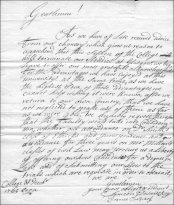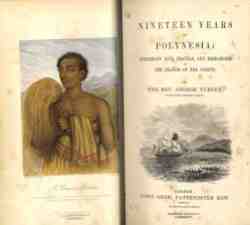As the Queen’s Baton Relay arrives in Kenya, we decided to reflect on the last time that the country might have seen so many Glaswegians descended on their capital city…and it was in 1966:
“the Glaswegians with their families at present in Nairobi amount to about 100!” (Scottish Medical Journal, 1966, 11:183)
Since the University welcomed its first Kenya-born student in 1933, until the early 1960s, there have been around 70 Kenya-born students, sons and daughters of British, African and Asian decent. However, the number of alumni and staff with other links to that country far surpass that number.
Glasgow has a long history of supporting veterinary and human medical training in East Africa, with the first move to develop veterinary education there in the 1920s. Teaching links, however, were decisively strengthened in the 1960s as the East African countries gained their independence.
In 1962, Sir Thomas Symington, St Mungo Notman Chair of Pathology at the University of Glasgow, went as part of a working group to East Africa to look at the medical needs of Uganda, Kenya and Tanzania. The University of East Africa consequently came into existence in 1963 as a federal university to serve the newly independent countries, and was made up of three colleges: Makerere University College in Kampala, University College in Nairobi, and University College in Dar-es-Salaam.
Symington himself was instrumental in the establishment of the new medical schools in Nairobi and Dar es Salaam, and encouraged secondments of staff from Glasgow to these schools as well as the further training of young African graduates in Glasgow.
Notable staff who went to Kenya on secondment included:

Ian McIntyre
Ian McIntyre, the first Professor of Veterinary Medicine at the University of Glasgow (1961 to 1983), who was seconded to the University of East Africa, University College, Nairobi as Dean of the Faculty of Veterinary Science and Professor of Clinical Studies from 1963 to 1967, helping to develop existing training courses to University Degree standards.

Bill Jarrett
The Glasgow graduate and eminent pathologist, Bill Jarrett, also spend a period in Kenya from 1963 as part of the Glasgow contribution to an international team to establish the Veterinary School of the University of East Africa in Nairobi. During this time he carried out major research into the cause of East Coast Fever in cattle, which would form the basis of subsequent vaccine development in Africa. In turn, Jarrett’s experience in Nairobi also influenced his input in Glasgow Veterinary School’s subsequent innovative undergraduate curriculum, which is now commonplace in veterinary education worldwide.





















